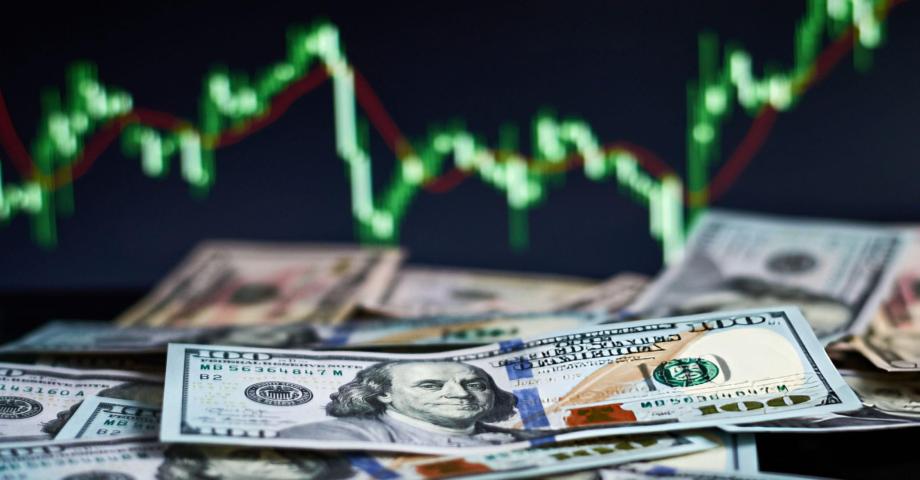




One of the defining features of forex trading is the ability to use leverage, which allows traders to control positions much larger than the amount of capital they actually invest. Leverage is essentially borrowed money provided by a broker, and it is expressed as a ratio—such as 1:50, 1:100, or even higher depending on regulations and the broker’s policies. For example, with 1:100 leverage, a trader can control a $100,000 position with just $1,000 of their own funds. This magnifies both potential profits and potential losses, making leverage a powerful but risky tool in the foreign exchange market. While the availability of high leverage makes forex appealing to many traders, it also increases the level of risk significantly. A small adverse movement in the market can quickly wipe out an entire account if proper risk management strategies are not in place. Professional traders typically use leverage cautiously, combine it with strict stop-loss orders, and avoid risking a large percentage of their account on a single trade. Understanding how leverage works—and respecting its potential downside—is critical for anyone who wants to build a sustainable career in currency trading.